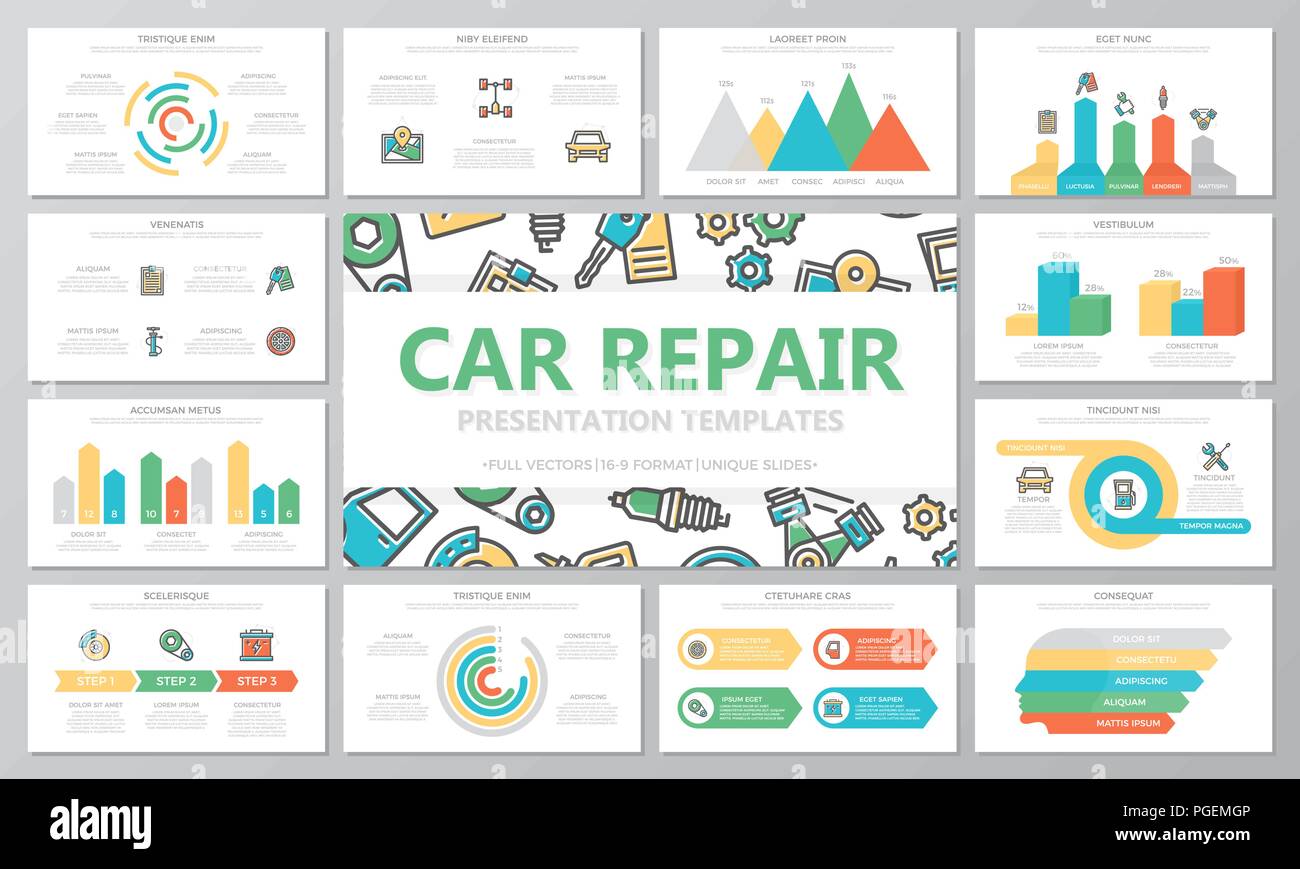Comprehending The Significance Of Your Automobile'S Warning Signals: What They In Fact Represent
Comprehending The Significance Of Your Automobile'S Warning Signals: What They In Fact Represent
Blog Article
Web Content Author-Lauritsen Gilbert
When you lag the wheel, those glowing caution lights on your dashboard can be a bit puzzling. Do you understand what they're trying to tell you about your vehicle's health? Understanding the importance of these lights is crucial for your safety and security and the long life of your lorry. So, the next time one of those lights pops up, would not you intend to analyze its message precisely and take the necessary steps to address it?
Common Warning Lights and Interpretations
Determine typical warning lights in your auto and recognize their definitions to make sure risk-free driving.
The most common caution lights consist of the check engine light, which indicates concerns with the engine or emissions system. If this light comes on, it's essential to have your car examined without delay.
The oil pressure alerting light shows low oil pressure, requiring immediate focus to prevent engine damage.
A flashing battery light could recommend a defective charging system, possibly leaving you stranded otherwise dealt with.
The tire stress monitoring system (TPMS) light notifies you to reduced tire pressure, influencing automobile stability and fuel effectiveness. Ignoring Suggested Webpage can cause unsafe driving conditions.
The abdominal light indicates a problem with the anti-lock braking system, compromising your capability to quit promptly in emergency situations.
Finally, the coolant temperature cautioning light warns of engine overheating, which can cause severe damages otherwise settled quickly.
Understanding these common caution lights will certainly help you attend to problems promptly and keep secure driving conditions.
Significance of Prompt Focus
Understanding the typical warning lights in your automobile is just the initial step; the value of without delay addressing these cautions can not be highlighted sufficient to ensure your safety when traveling.
When a caution light brightens on your control panel, it's your vehicle's way of interacting a prospective problem that requires interest. Ignoring these warnings can result in a lot more extreme troubles down the road, jeopardizing your safety and security and potentially costing you extra out of commission.
Trigger interest to alerting lights can avoid failures and mishaps. For example, a flashing check engine light can indicate a misfire that, if left ignored, might create damage to the catalytic converter. Resolving this without delay can conserve you from a pricey repair work.
Similarly, car grooming nz cautioning light could signify reduced brake liquid or worn brake pads, crucial parts for your safety when driving.
Do It Yourself Troubleshooting Tips
If you notice a warning light on your dashboard, there are a couple of do it yourself repairing ideas you can attempt before looking for specialist help.
The very first step is to consult your car's guidebook to understand what the specific warning light shows. Sometimes the problem can be as simple as a loose gas cap activating the check engine light. Tightening up the gas cap may solve the trouble.
One more typical concern is a reduced battery, which can activate different advising lights. Examining more info here for corrosion and ensuring they're safe might repair the problem.
If a caution light continues, you can attempt resetting it by separating the cars and truck's battery for a few minutes and afterwards reconnecting it. Furthermore, examining your vehicle's fluid degrees, such as oil, coolant, and brake fluid, can assist repair alerting lights associated with these systems.
Final thought
To conclude, comprehending your cars and truck's warning lights is essential for keeping your vehicle running smoothly and securely. By promptly addressing these informs and understanding what they indicate, you can avoid costly repairs and potential breakdowns.
Bear in mind to consult your vehicle's guidebook for specific information on each alerting light and do something about it accordingly to make sure a hassle-free driving experience.
Keep informed, stay risk-free when traveling!
